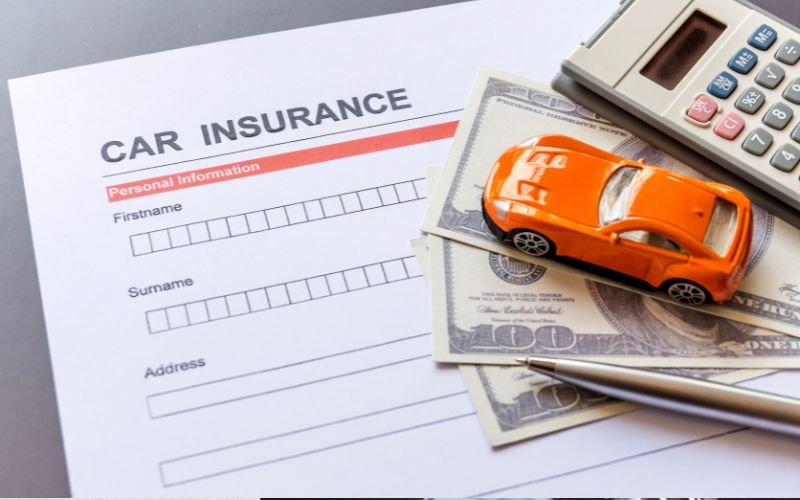How to Choose the Right Car Insurance
In today’s fast-paced world, protecting your vehicle is not just smart, it is necessary. Whether you are a seasoned driver, a teenager getting your first license, or someone seeking budget-friendly auto coverage, understanding your options is crucial. This comprehensive guide dives into everything you need to know, from choosing liability limits to comparing premium rates, so you can find affordable vehicle insurance that fits your lifestyle.
From understanding the types of policies to tips on lowering premiums and state-by-state legal requirements, we have got you covered. Let’s break down how to get the most value, protection, and peace of mind from your auto policy.
What Is Vehicle Insurance and Why Do You Need It?
- Definition of auto coverage
- Legal requirements in most states
- Financial protection for drivers and third parties
- Why uninsured driver protection matters
- How insurance works in at-fault vs. no-fault states
Types of Auto Coverage Explained
- Liability insurance
- Collision coverage
- Comprehensive insurance
- Personal Injury Protection (PIP)
- Medical payments coverage
- Underinsured/uninsured motorist protection
Understanding Liability, Collision, and Comprehensive Insurance
- What each term means
- Differences between them
- Examples of coverage scenarios
- How to choose based on your vehicle type (leased, financed, owned)
Key Factors That Affect Your Insurance Premium
- Age, location, and gender
- Type of vehicle
- Driving history
- Annual mileage
- Credit score impact
- Vehicle usage: personal vs. business
How to Compare Car a Insurance Quotes Online
- Best practices for getting accurate quotes
- Using an insurance Car calculator
- How to evaluate deductible options
- Importance of reading the fine print
Cheap Auto Insurance: Tips to Lower Your Monthly Costs
- Safe driving habits
- Choosing higher deductibles
- Maintaining a good credit score
- Bundling policies (e.g., home + auto)
- Enrolling in usage-based or telematics programs
Full Coverage vs State Minimum: What’s Right for You?
- What full coverage means
- Pros and cons of state minimum coverage
- How much insurance do you need?
- Legal vs. practical considerations
Insurance for New Drivers, Teens, and Seniors
- Why are rates higher for teens and elderly drivers
- Discounts for good students
- Driving record impact
- Policy tips for families with multiple drivers
How Your Driving Record Impacts Rates
- Speeding tickets
- DUIs and reckless driving
- At-fault accidents
- How long do video recordings stay on record
- Impact of defensive driving courses
Credit Scores and Auto Policy Underwriting
- How insurers use credit-based insurance scores
- States that ban or allow credit-based pricing
- Tips to improve your score before applying
Exploring Discounts: Bundling, Telematics, and Loyalty Perks
- Multi-policy discounts home, renters
- Multi-car discounts
- Telematics and pay-per-mile insurance
- Good driver and accident forgiveness perks
- Loyalty vs. shopping around annually
Electric Vehicles and Usage-Based Insurance
- Special considerations for EV owners
- Range anxiety, parts replacement cost
- How pay-per-mile plans benefit occasional drivers
- Telematics devices and driving behavior tracking

How to File an Insurance Claim
- Step-by-step process
- What documents you need
- When to involve law enforcement
- How claims affect future premiums
Common Mistakes to Avoid
- Choosing the cheapest policy without reading the details
- Letting your policy lapse
- Not updating your insurer with life changes
- Not comparing policies annually
- Ignoring exclusions in your coverage
Final Thoughts
Choosing the right auto coverage is not just about cost; it is about value, protection, and peace of mind. Whether you’re a new driver, a parent, or someone looking to switch providers, evaluating your options thoroughly ensures you get coverage tailored to your needs. With careful comparison and smart strategies, you can find the best plan that protects both your car and your wallet.
FAQs
Is auto coverage mandatory in all states?
Most states require liability insurance at a minimum, but laws vary. Some require PIP or uninsured motorist coverage, too.
What does full coverage typically include?
Full coverage usually includes liability, collision, and comprehensive protection, though exact definitions vary by provider.
Can I get insurance without a license?
Some insurers allow it for insuring a car you don’t drive, but options are limited.
Does bundling save money?
Yes, bundling auto with home, renters, or life insurance can offer 10–25% savings.
Will my premium go up after one accident?
If you are at fault, it likely will, but programs like accident forgiveness can help prevent rate hikes.
Citation
Allstate. (n.d.). Auto insurance. Allstate. https://www.allstate.com/auto-insurance







